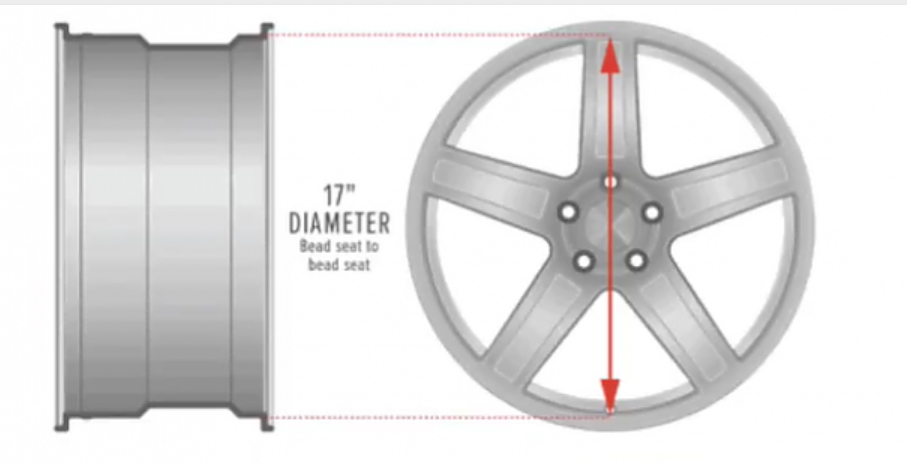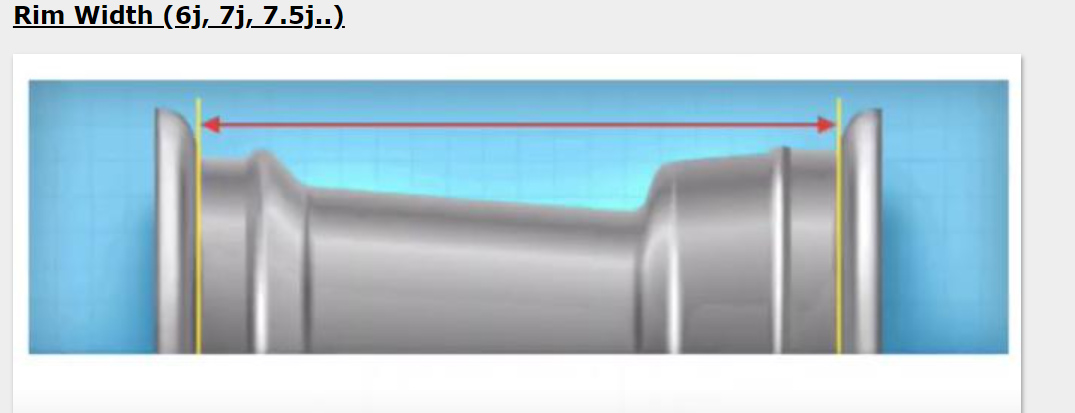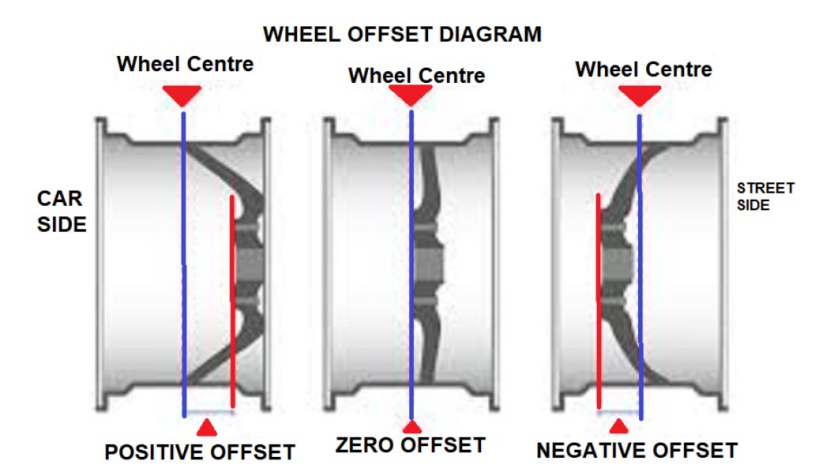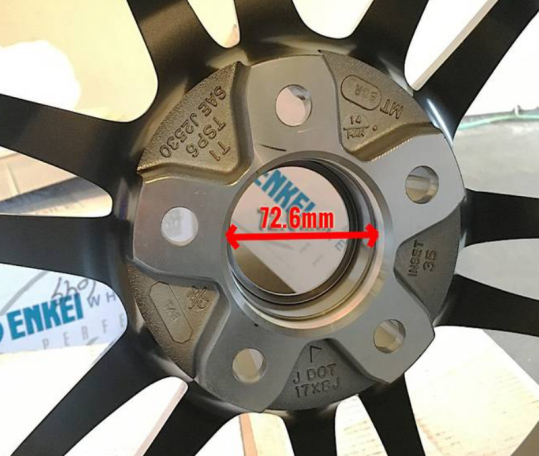What are the benefits of car tires and wheels?
From the perspective of vehicle performance and driving experience, they can indeed have different effects. Usually, large wheels usually have a more domineering appearance, making the entire body appear more calm and powerful. At the same time, large wheels can also improve driving stability and reduce the tilt of the vehicle when turning, thereby enhancing handling and safety.
In addition, large wheels can also improve the load capacity and grip performance of the vehicle. When the tire size is larger, the flattening rate of the tire is relatively small, which means that the contact area between the tire and the road surface is larger and the friction force is greater. This is particularly important for high-speed driving and curve driving, because it will make the vehicle more stable and provide stronger support.
But it is worth noting that the big wheels are not perfect. Large wheels will affect the acceleration and braking performance of the vehicle, because the weight and resistance of the wheels will increase. And large wheels are usually noisier than small wheels, which means they produce more tire noise and affect ride comfort.
Therefore, when choosing the size of an automobile hub, it is necessary to balance the needs of various aspects and weigh different advantages and disadvantages. And according to the adaptability of the model, choose the appropriate size of the wheels to ensure the stability and comfort of the vehicle.




